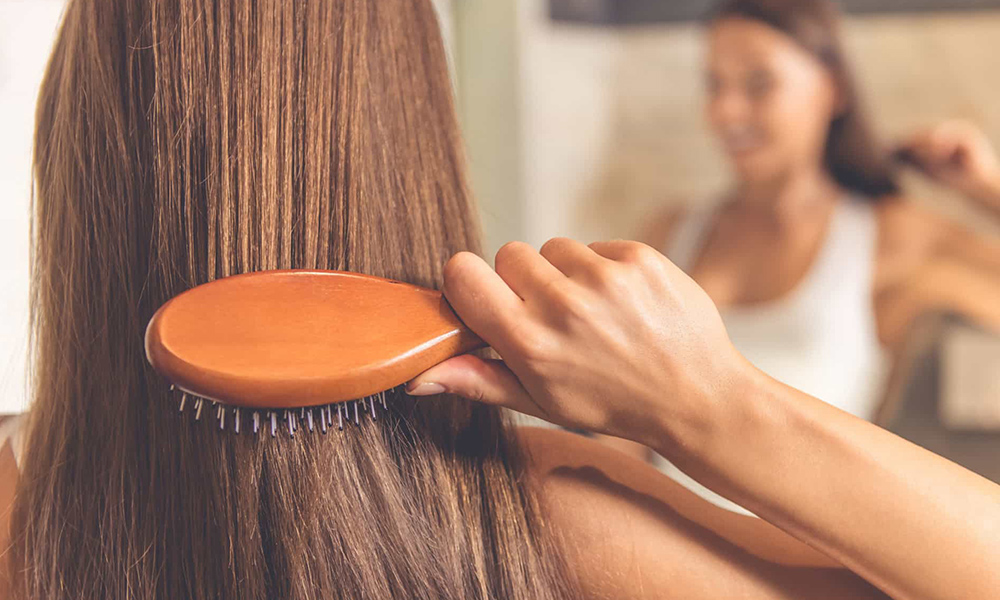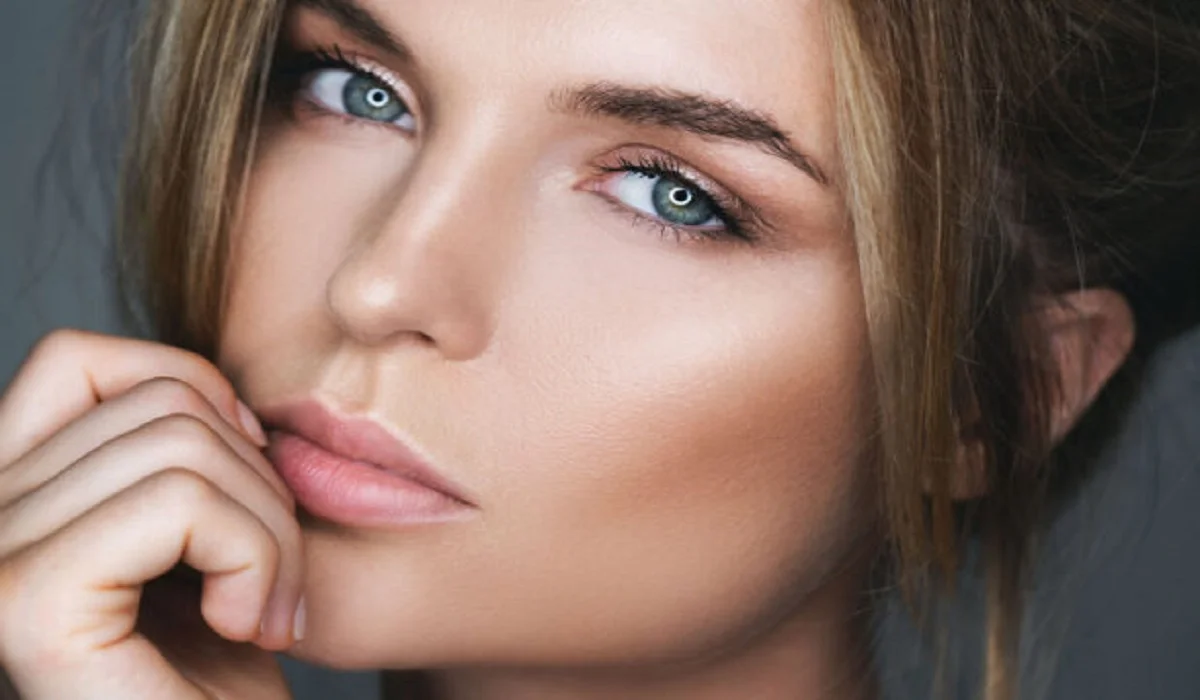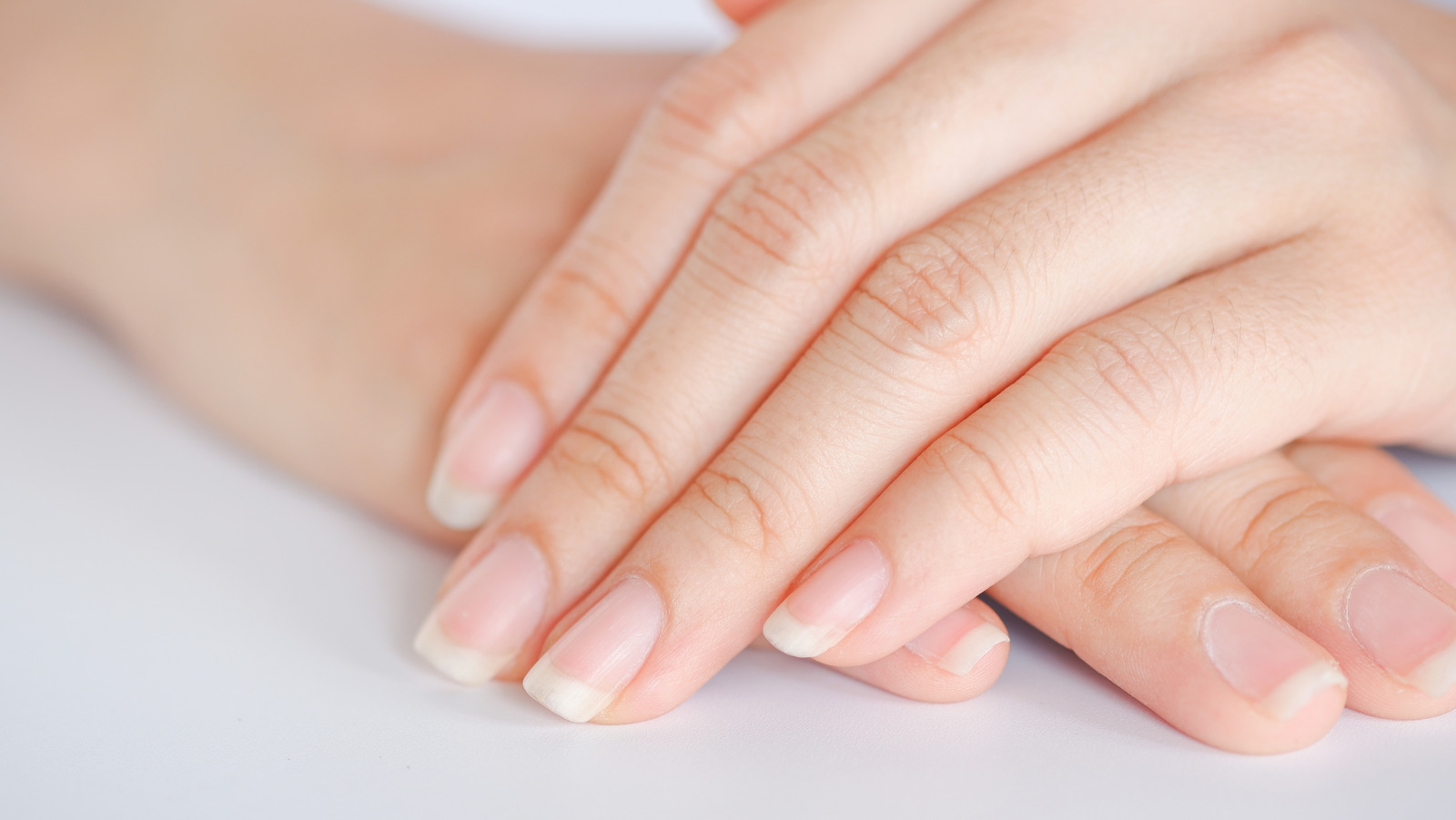
Hair loss can be a distressing experience for both men and women, impacting self-confidence and overall well-being. While some degree of hair shedding is normal, excessive hair loss may be a sign of an underlying issue that needs attention. Fortunately, there are several effective strategies to prevent hair loss and promote the growth of strong, healthy hair. In this comprehensive guide, we will explore the causes of hair loss, lifestyle factors that contribute to it, and actionable steps to prevent hair loss and maintain luscious locks.
Understanding Hair Loss and Its Causes
Hair loss, also known as alopecia, can occur for various reasons. Some common causes include:
Genetics: Family history plays a significant role in determining the likelihood of hair loss. If you have a family history of hair thinning or baldness, you may be more susceptible to it.
Hormonal Changes: Hormonal imbalances, such as those experienced during pregnancy, menopause, or conditions like polycystic ovary syndrome (PCOS), can lead to hair loss.
Medical Conditions: Certain medical conditions, including thyroid disorders, scalp infections, and autoimmune diseases, can contribute to hair loss.
Stress and Trauma: Physical and emotional stress can lead to temporary hair loss. A sudden shock, surgery, or extreme weight loss can trigger a condition known as telogen effluvium, causing hair to enter a resting phase and shed.
Nutritional Deficiencies: A lack of essential nutrients, such as iron, zinc, biotin, and vitamin D, can negatively impact hair health and growth.
Hairstyles and Hair Treatments: Excessive hairstyling, tight hairstyles, and the use of harsh hair treatments can cause hair breakage and damage.
Preventive Measures for Hair Loss
Maintain a Healthy Diet
A balanced and nutrient-rich diet is crucial for healthy hair growth. Incorporate the following foods into your diet to support strong and vibrant hair:
a. Protein-Rich Foods: Hair is primarily composed of protein, so ensure your diet includes sources like lean meats, fish, eggs, and plant-based proteins like legumes and quinoa.
b. Iron-Rich Foods: Iron is essential for healthy hair growth. Consume iron-rich foods such as spinach, lentils, and fortified cereals.
c. Omega-3 Fatty Acids: Omega-3 fatty acids, found in fish, walnuts, and flaxseeds, promote hair health by reducing inflammation and supporting scalp health.
d. Biotin-Rich Foods: Biotin, also known as vitamin B7, is vital for hair growth. Include foods like eggs, almonds, and sweet potatoes in your diet to get an adequate amount of biotin.
e. Vitamin C: Vitamin C aids in collagen production, which supports hair structure. Citrus fruits, strawberries, and bell peppers are excellent sources of vitamin C.
Take Hair Supplements (Under Medical Supervision)
If you suspect a deficiency of specific nutrients that may be contributing to hair loss, consult a healthcare professional before taking supplements. Overconsumption of certain vitamins and minerals can have adverse effects, so it’s essential to get personalized recommendations based on your individual needs.

Practice Good Hair Care
Proper hair care can help prevent damage and minimize hair loss:
a. Gentle Shampooing: Use a mild shampoo and avoid washing hair too frequently, as excessive shampooing can strip the scalp of natural oils.
b. Condition Regularly: Conditioning helps keep hair moisturized and prevents breakage. Focus on the ends of the hair, as they tend to be more susceptible to damage.
c. Avoid Heat Styling: Limit the use of heat styling tools like blow dryers, straighteners, and curling irons, as excessive heat can weaken the hair shaft.
d. Use Wide-Toothed Combs: To prevent hair breakage, use wide-toothed combs or detangling brushes to gently remove knots.
e. Avoid Tight Hairstyles: Avoid hairstyles that pull on the hair, such as tight ponytails, buns, or braids, as they can cause hair breakage and traction alopecia.
f. Be Gentle When Wet: Wet hair is more fragile, so be gentle when combing or brushing it after washing.
Manage Stress
Stress can contribute to hair loss, so managing stress levels is essential for hair health:
a. Exercise Regularly: Engage in physical activities like yoga, meditation, or jogging to reduce stress and improve blood circulation, which benefits the scalp and hair follicles.
b. Get Adequate Sleep: Aim for 7-8 hours of quality sleep each night to promote overall well-being, including hair health.
c. Practice Relaxation Techniques: Deep breathing exercises, mindfulness, and spending time in nature can help alleviate stress.
Protect Your Hair from Environmental Damage
Environmental factors, such as harsh sunlight and pollution, can damage hair and contribute to hair loss:
a. Wear a Hat: When exposed to strong sunlight, protect your hair and scalp by wearing a wide-brimmed hat.
b. Minimize Chemical Exposure: Limit exposure to harsh chemicals and pollutants, as they can weaken the hair and make it more prone to breakage.
Seek Professional Advice
If you notice significant hair loss or thinning, consult a dermatologist or trichologist to identify the underlying cause. They can help determine whether your hair loss is due to a medical condition, hormonal imbalance, or other factors, and provide appropriate treatment options.
Preventing hair loss requires a holistic approach that encompasses healthy lifestyle choices, proper nutrition, gentle hair care practices, and stress management. By understanding the causes of hair loss and implementing these preventive measures, you can promote the growth of strong and healthy hair. Remember that hair growth is a gradual process, and consistency is key to achieving and maintaining vibrant locks. With a combination of the right diet, hair care routine, and lifestyle choices, you can help prevent hair loss and enjoy a luscious mane for years to come.








